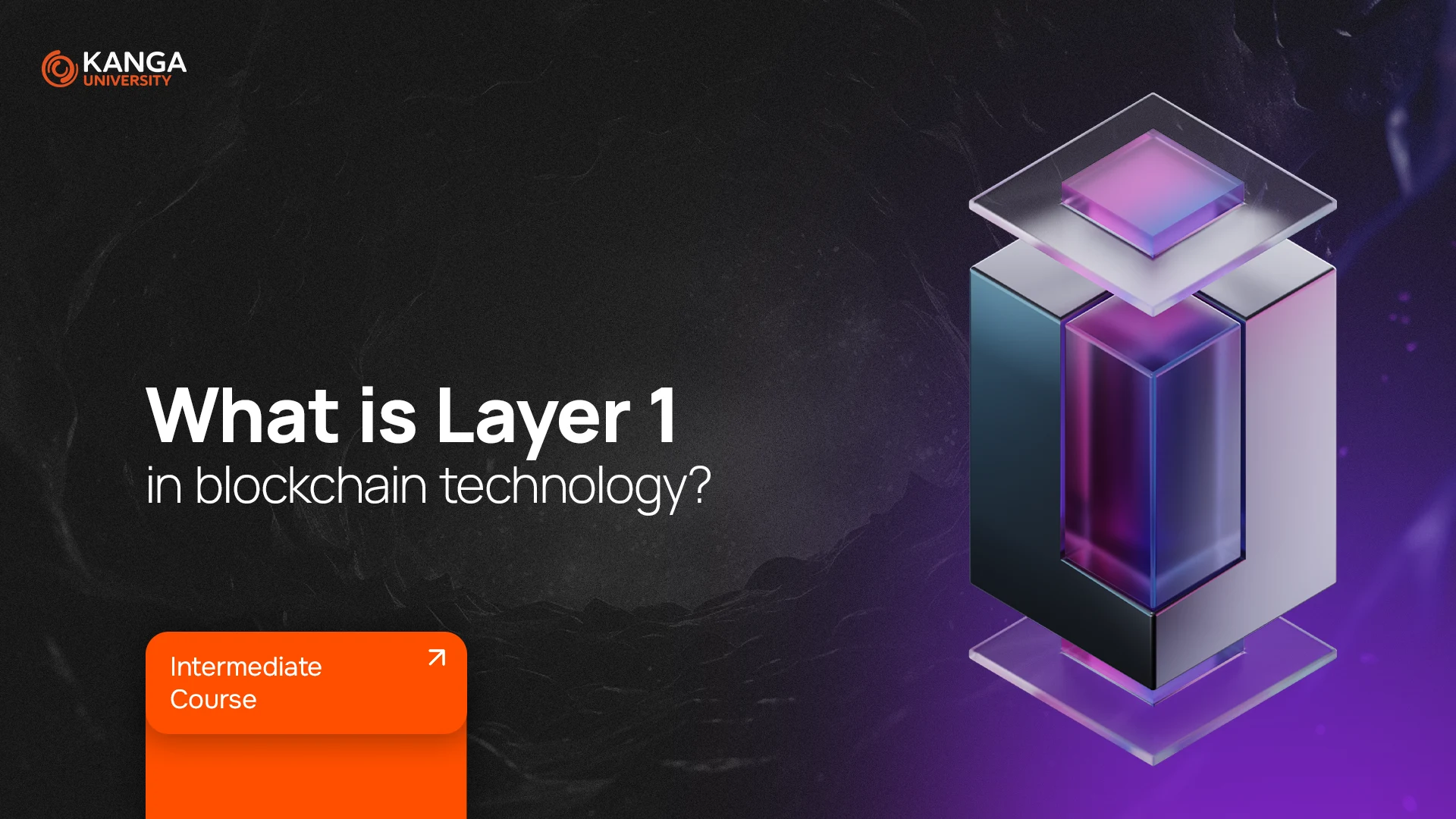
Blockchain technology is built on multiple layers, each with its own role and purpose. These layers work together to ensure security, scalability, and efficiency.
Today, we’ll focus on Layer 1, the foundation of every blockchain network. If you’re new to this topic, don’t worry—we’ll break it down in a simple and easy-to-understand way.
The Blockchain Trilemma – A Core Challenge
Before diving into Layer 1, let’s discuss one of the biggest challenges in blockchain development: the blockchain trilemma. This refers to the difficulty of achieving three key properties at the same time:
- Decentralization – The network should operate without a central authority, meaning no company or government controls it.
- Security – The system must be protected against attacks and fraud.
- Scalability – The blockchain should be able to process a high number of transactions quickly.
The problem is that it’s difficult to achieve all three at once. A highly decentralized network may struggle with scalability. A highly scalable network might compromise security. Blockchain developers continuously work on solutions to improve scalability without sacrificing decentralization and security.
One of the most important solutions? Layer 1.
What is Layer 1?
Layer 1 is the base layer of a blockchain network. This is where transactions are processed and recorded, and the system operates independently—without needing support from external networks.
Think of Layer 1 as the foundation of a building—other blockchain layers, such as Layer 2 (which focuses on speeding up transactions and lowering costs), are built on top of it.
Key features of Layer 1:
Processes and validates transactions – every transaction must be confirmed by the network.
Has its own cryptocurrency – used to pay transaction fees (e.g., Bitcoin for Bitcoin, ETH for Ethereum).
Uses a consensus mechanism – determines how transactions are validated (e.g., Proof-of-Work or Proof-of-Stake).
Sharding – A Way to Speed Up Blockchain
One of the most promising Layer 1 scaling solutions is sharding. This method splits a blockchain into smaller parts, called shards, each of which processes its own set of transactions.
With sharding, blockchain networks can handle multiple transactions at the same time, instead of verifying them one by one. Imagine a supermarket—if there’s only one checkout, customers wait in line. But if there are 10 checkouts, everything moves faster. Sharding works the same way.
Examples of Layer 1 Networks
Bitcoin
Bitcoin is the oldest and most well-known Layer 1 network. It operates on the Proof-of-Work (PoW) system, where computers solve complex puzzles to verify transactions. Bitcoin is known for its security and decentralization, but transactions can take around 10 minutes to complete.
Ethereum
Ethereum is the second-largest Layer 1 network. Originally using Proof-of-Work, it transitioned to Proof-of-Stake (PoS) in 2022 during an upgrade called The Merge. Ethereum is widely used for smart contracts, which are self-executing agreements programmed into the blockchain.
Cardano
Cardano was one of the first blockchains to adopt Proof-of-Stake from the start. It offers low transaction fees, high decentralization, and staking rewards for users who lock up ADA tokens. Cardano processes about 250 transactions per second (TPS).
Solana
Solana is one of the fastest Layer 1 networks, capable of handling 65,000 TPS. It uses a unique consensus model called Proof-of-History (PoH), which helps nodes agree on the order of transactions without waiting for confirmations from others. This greatly improves efficiency.
Polkadot
Polkadot is designed to connect multiple blockchains and enable them to share data. It allows independent blockchains to communicate and work together while maintaining security and scalability.
Aptos
Aptos is a modern Layer 1 blockchain founded by former Meta (Facebook) employees. It uses the Move programming language and was built to solve issues related to scalability and transaction speed in other blockchain networks.
Layer 1 vs. Layer 2 – What’s the Difference?
| Layer 1 | Layer 2 |
|---|---|
| Focuses on decentralization and security | Designed to improve speed and scalability |
| Stores the full history of all transactions | Stores a compressed version of transaction data |
| Operates independently | Works as an add-on to Layer 1 |
| Essential for any blockchain | Optional but improves efficiency |
Summary
Layer 1 is the core infrastructure of every blockchain network. It ensures decentralization, security, and transaction validation. To improve efficiency, developers use solutions like sharding, and some Layer 1 blockchains experiment with new consensus mechanisms to optimize performance.
Blockchain technology continues to evolve, and advancements in Layer 1 will play a crucial role in shaping the future of cryptocurrencies and decentralized finance.
